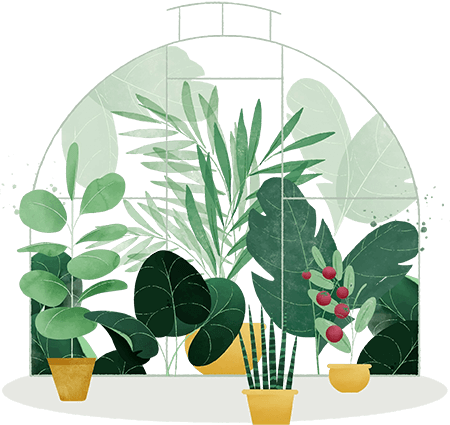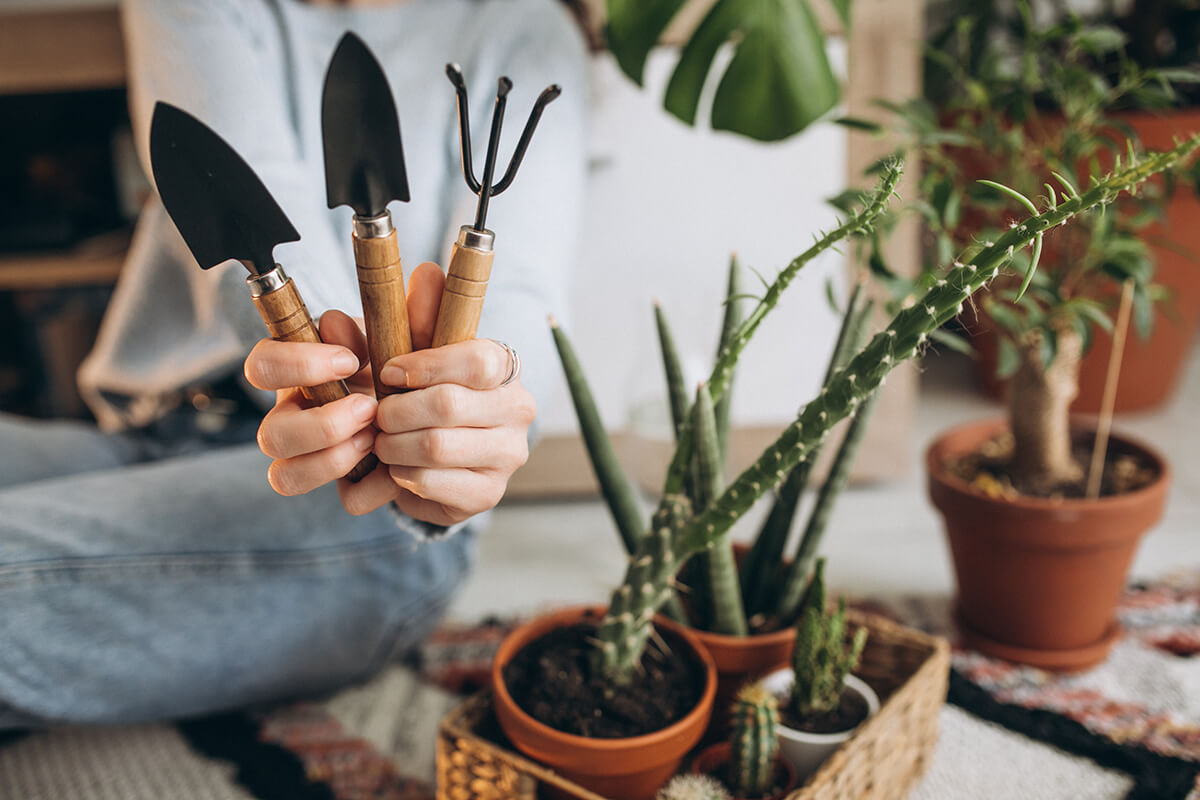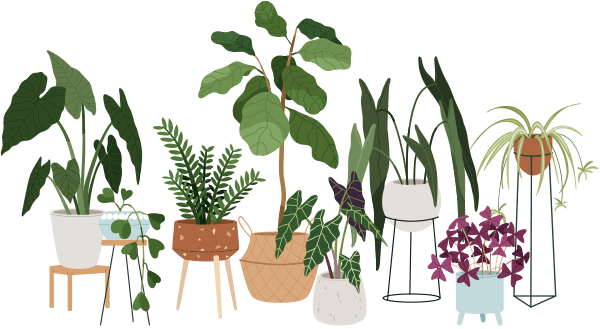Imagine walking into your apartment and being greeted by a vibrant corner of greenery—different shapes, colors, and sizes blending together to create a relaxing, inviting space. Some houseplants just look (and grow) better when they share their home with the right neighbors. But how do you find houseplants that go together, especially when you’re just starting your indoor plant journey? If you’ve ever worried about mixing the wrong plants, don’t stress. With a bit of guidance, you’ll soon have thriving plant friendships brightening up your living space.
In this guide, we’ll walk you through the basics of choosing houseplants that go together beautifully, why the right combinations matter, and how to get started—mistakes and all!
Why Pairing Houseplants Matters: What You Need to Know
If you’ve ever seen pictures of lush, “jungle-like” living rooms, you might wonder how people make it look so easy. Here’s the secret: certain houseplants really thrive together because they share similar light, water, and humidity needs.
Pairing the right plants isn’t just about looks. Good matches make plant care easier. If you put a thirsty fern next to a drought-loving cactus, someone will end up unhappy. But choose houseplants that go together—ones that want the same basic care—and they’ll both flourish, even if you’re still learning.
Which Houseplants Go Together? 7 Beginner-Friendly Pairings
Ready to create your own mini-plant community? Here are some of the best houseplants that go together, especially for apartments with average light:
1. Snake Plant & ZZ Plant
- Both handle low or indirect light and don’t mind if you sometimes forget to water.
2. Spider Plant & Pothos
- These grow quickly, like similar light, and are forgiving if you’re new to plant care.
3. Monstera & Philodendron
- Both love bright, indirect light and moderate watering; their lush leaves make a striking combo.
4. Peace Lily & Calathea
- Perfect for shadier spots; both enjoy higher humidity (think kitchens or bathrooms).
5. Succulents & Cacti
- Group these sun-lovers together on a sunny windowsill; they need less water than leafy plants.
6. Ferns & Peperomia
- Work beautifully in slightly shadier areas with a little more moisture in the soil.
7. Hoya & String of Hearts
- Both are vining plants with similar light and water needs—great for hanging baskets.
How Do You Arrange Houseplants That Go Together?
Mixing houseplants is part art, part science. Here are four tips to get it right:
- Group by needs: Match plants that prefer the same light and water schedule.
- Variety is beautiful: Mix different leaf shapes, heights, and colors for a lively look.
- Avoid crowding: Give plants space to breathe—good airflow helps prevent disease.
- Use trays or mats: Protect your furniture from moisture and make watering easier.
Don’t worry if your arrangement doesn’t look perfect at first—you’ll discover what works as you experiment.
Common Myth: Can Any Houseplants Go Together?
It’s a common misconception that you can mix any houseplants in one pot or grouping. While they may survive for a while, mismatched needs (too much light for one, not enough for another; too wet or too dry soil) mean someone will end up stressed. Focus on houseplants that go together because they have similar preferences—it’s one of the easiest ways to avoid frustration and help your new hobby thrive.
Caring for Houseplants That Go Together: 3 Simple Steps
1. Check labels or online guides to make sure your chosen plant friends have similar needs.
2. Group pots together in the same area so they’re easy to water at once.
3. Rotate plants occasionally for even light and healthy growth.
Remember, you don’t have to be an expert to get this right. If you make a mistake, it’s just part of the learning process!
Summary: Houseplants That Go Together Make Life Greener—and Easier!
Pairing houseplants that go together is your secret to a healthier, happier indoor jungle. When you match their needs, you’ll spend less time troubleshooting and more time enjoying how your plants brighten your apartment. Try a few combinations, learn as you go, and celebrate every new leaf—because even small successes are worth it.


